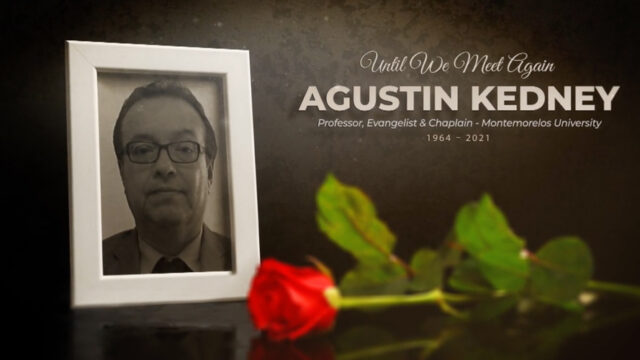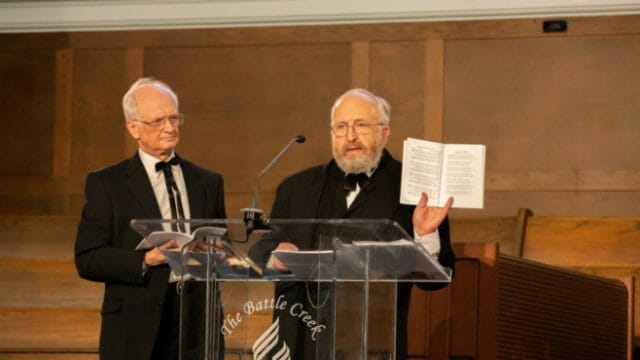And we seem to take these numbers in stride.

During the recent Annual Council of the General Conference Executive Committee in Battle Creek, Michigan, United States, David Trim, director of the Office of Archives, Statistics, and Research (ASTR), presented the statistical annual report.1 Amid the many numbers describing the reality of a growing church, there was one number that hit me—again. Forty-two percent, Trim said, are leaving the church (and, apparently, these numbers do not include members lost because of death).2
We may overlook this startling number in the midst of other passionate discussions. We shouldn’t. Imagine right now your own congregation, whether large or small. You may belong to a small church in northern Germany with 50 members. Statistically, 20 of those 50 will leave your church over the next few years. Perhaps you belong to a vibrant large congregation in São Paulo, Brazil, or Nairobi, Kenya, boasting 2,000 members. Eight hundred of these members will vanish. Try to visualize 20 empty chairs. Imagine the large space of 800 empty chairs.
My heart hurts when I begin to envision this in my local congregation. Beyond reportable statistics, these numbers represent people who, for whatever reason, decide that Adventism is not for them anymore. Don’t misunderstand me. I don’t think that membership to the Seventh-day Adventist Church equals a straight path to heaven. God is still speaking to the hearts of those who walk out—and thankfully, many will return. What affected me, though, is the fact that we seem to just take these numbers in stride.
Yes, we rejoice over the 1,352,931 new members who have joined the Adventist Church in 2017, but do we mourn the 563,205 who disappeared? The reasons for their disappearance can be manifold. Some were baptized but not really discipled—and they tend to disappear quickly, unless they are consciously integrated into a church community. Others are hurt by long-established members. Interpersonal conflict drives them out the back door of the church. As a father of teenagers and a young adult I worry particularly about the young adults we lose after graduation from university. Why do we struggle to help them find a spiritual home?
More and more quality research is done by Adventist researchers about these painful realities. We need that if we want to think strategically. But beyond research we need passion to tackle these challenges personally. If you want to be part of the solution, here are four practical suggestions that may help to stem the tide.
First, know your fellow church members, especially the new ones, personally. Take an interest in their lives.
Second, help your church leadership team to disciple new members. Making disciples is not the sole job of a pastor or an elder. The local church is ground zero for discipleship.
Third, pay particular attention to the teenagers and young adults in your congregation. Know their names; speak to them; listen to their worries and concerns about the church; mentor them.
Finally, start a prayer journal that focuses specifically on those who have left. Intercession is God’s means of getting us connected to the world around us. As you pray, listen to the gentle voice of the Spirit whispering to your heart creative ways of reconnecting to bring home those who have wandered away.
1 We reported on this. See Desire Calixte, “Annual Council Secretary’s Report Highlights Mission,” Adventist World, (December 2018), pp. 8, 9.
2 You can read the report yourself at documents.adventistarchives.org/ArchivesPublications/2018%20Annual%20Council%20-%20Statistical%20Report,%20David%20Trim.pdf.








